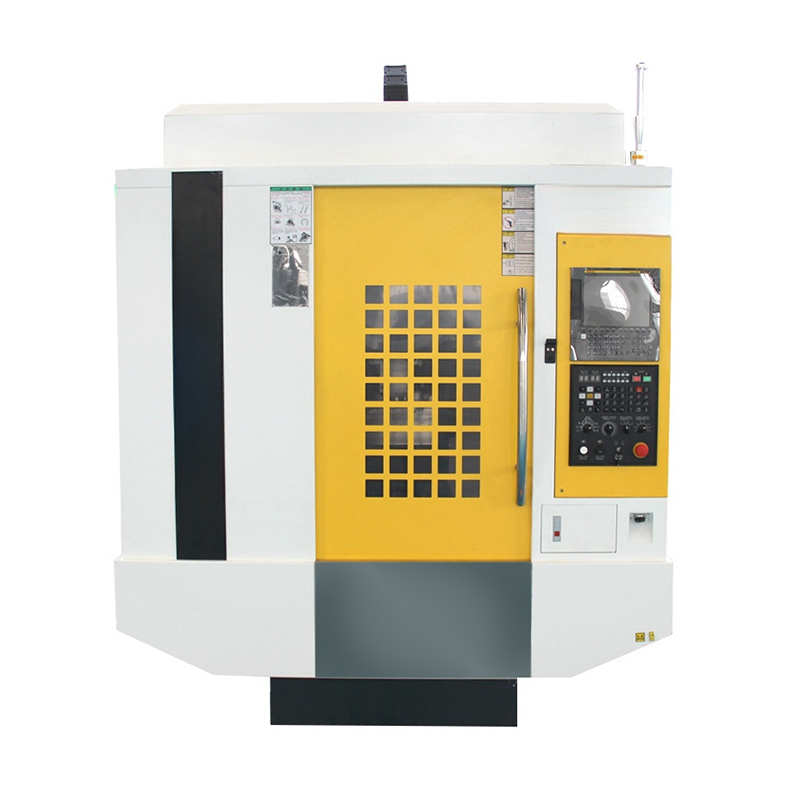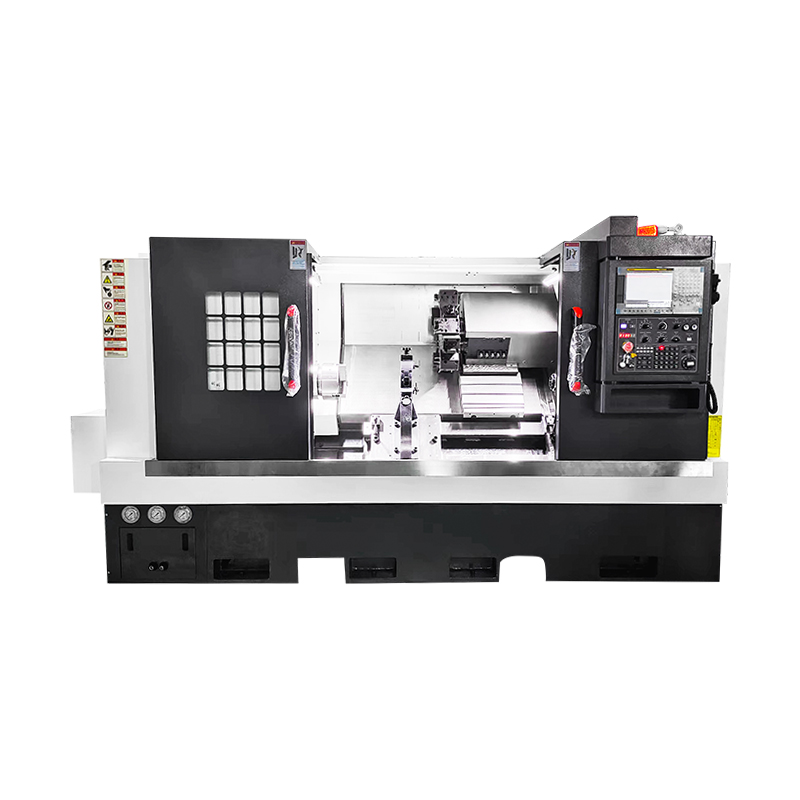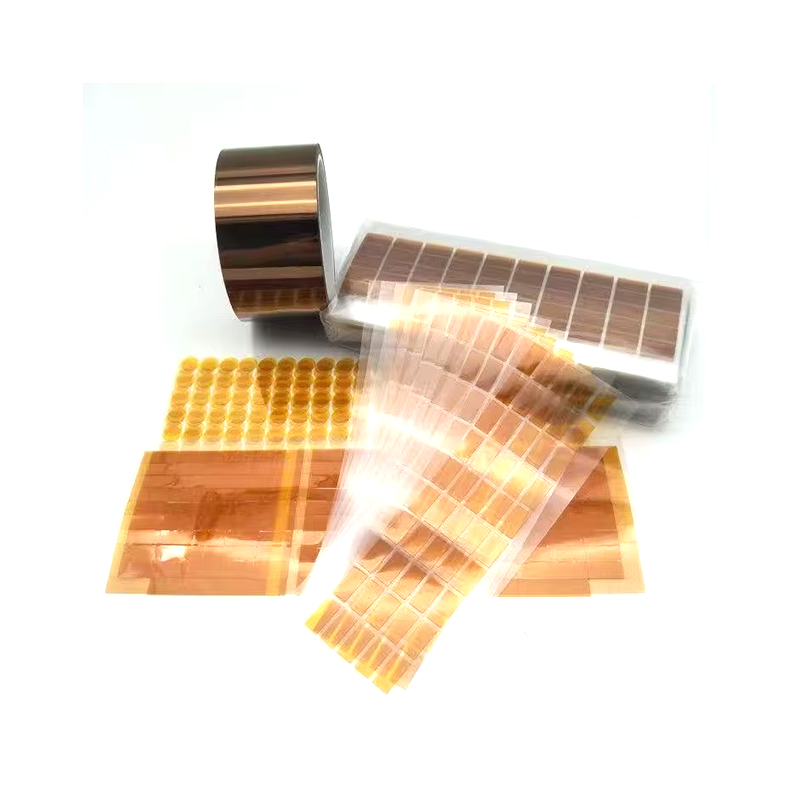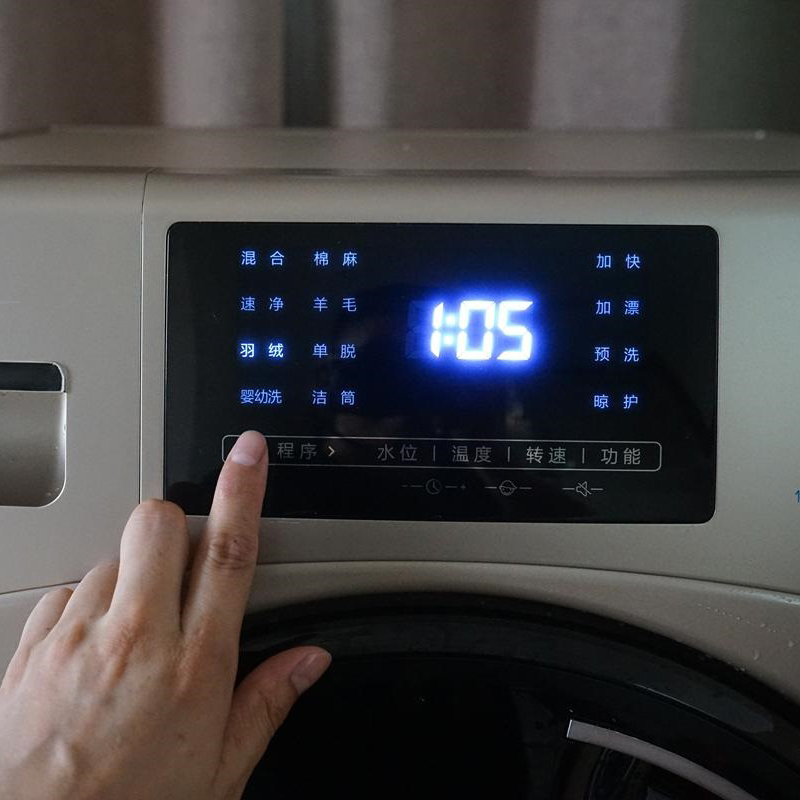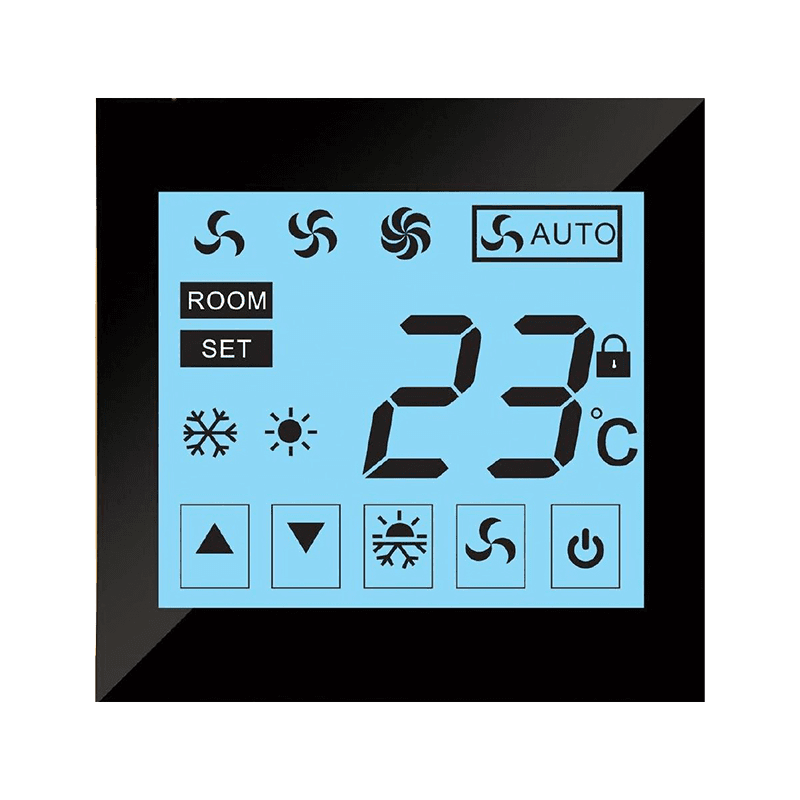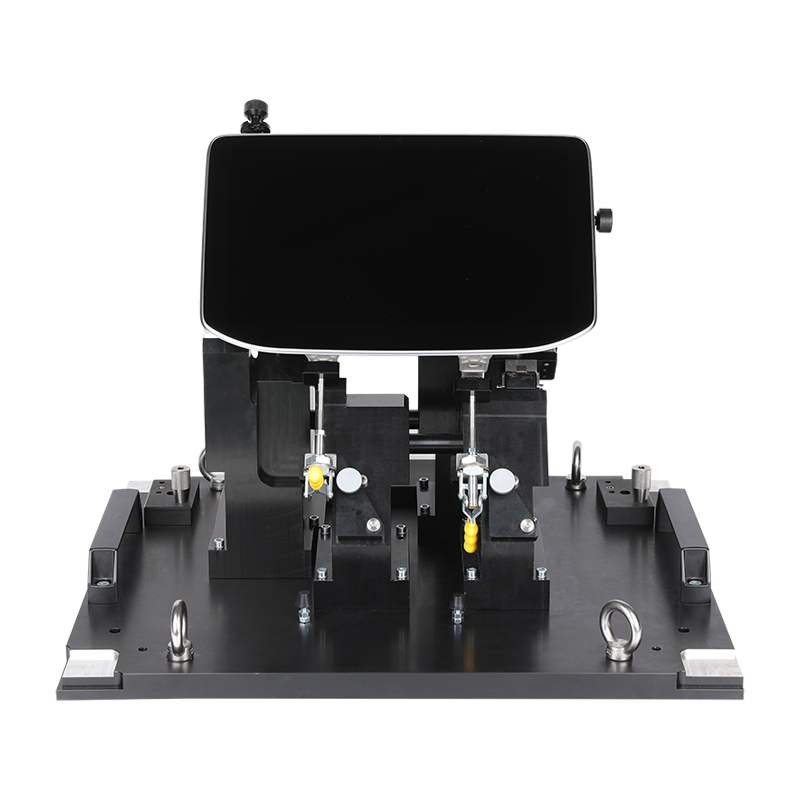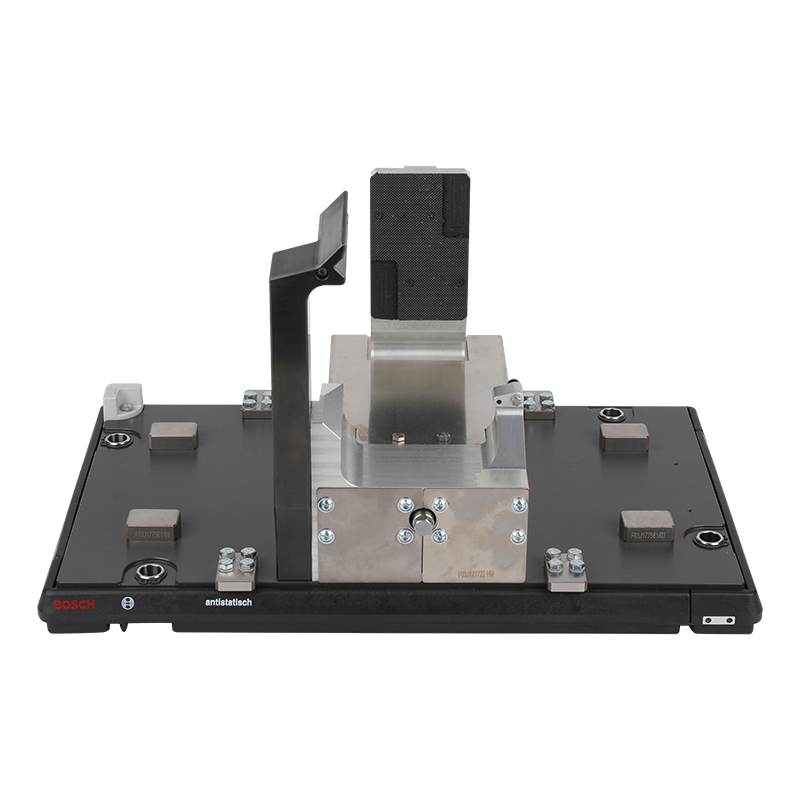Integrating multiple complex functions in one device and ensuring its stability and reliability in actual production requires systematic design and management from multiple aspects. Here are some key methods and measures:
1. Modular design
Module development: Decompose complex functions into independent modules, and design, test and optimize each module separately.
Modular interface: Design standardized interfaces to ensure seamless connection and communication between modules.
2. System integration and simulation
System integration test: Before actual production, conduct comprehensive system integration tests to verify the compatibility and collaborative working ability of each module in the overall system.
Simulation and simulation: Use simulation software to simulate the operation of the equipment in an all-round way to discover and solve potential problems in advance.
3. High-quality components and materials
Select high-quality components: Select high-quality components that have been strictly tested and verified to ensure the stability and reliability of the equipment.
Reliable materials: Use durable and wear-resistant materials to extend the service life of the equipment.
4. Precision control system
Advanced control technology: Use advanced control systems such as PLC, DCS or embedded systems to ensure precise control and operation of equipment.
Real-time monitoring and feedback: Integrate real-time monitoring system to monitor the operating status of equipment at any time, and provide timely feedback and adjustments.
5. Strict quality management
Quality assurance process: Establish a strict quality assurance process, and conduct quality control in every link from design, manufacturing to testing.
Comprehensive testing procedures: Including unit testing, integration testing, functional testing and stress testing to ensure the stability of equipment under various conditions.
6. Ergonomic design
User-friendly design: Consider ergonomics, design convenient operation interface and maintenance process, reduce human errors and maintenance time.
Safety protection measures: Design necessary safety protection measures to ensure the safety of operators.
7. Regular maintenance and maintenance
Maintenance plan: Develop a detailed maintenance and maintenance plan, regularly check and maintain equipment, and prevent potential problems.
Spare parts management: Prepare common spare parts to ensure that equipment can be quickly repaired and restored to operation in case of failure.
8. Data collection and analysis
Data collection system: Install a data collection system to record the operating data of the equipment and conduct big data analysis.
Predictive maintenance: Through data analysis, predict possible equipment failures and perform maintenance and replacement in advance.
9. Training and support
Operator training: Provide systematic training for operators to improve their operating skills and emergency handling capabilities.
Technical support: Provide continuous technical support to solve problems that arise during the use of the equipment.
10. Gradual implementation and optimization
Gradual implementation: Gradually integrate complex functions into the equipment, and test and optimize them in stages.
Continuous improvement: Based on feedback from actual production, continuously optimize and improve the equipment to improve its performance and reliability.
Through the above methods and measures, multiple complex functions can be effectively integrated into one device, and its stability and reliability in actual production can be ensured. This requires cross-departmental collaboration and systematic engineering management to ensure that the final equipment can meet the expected performance requirements.

 English
English русский
русский